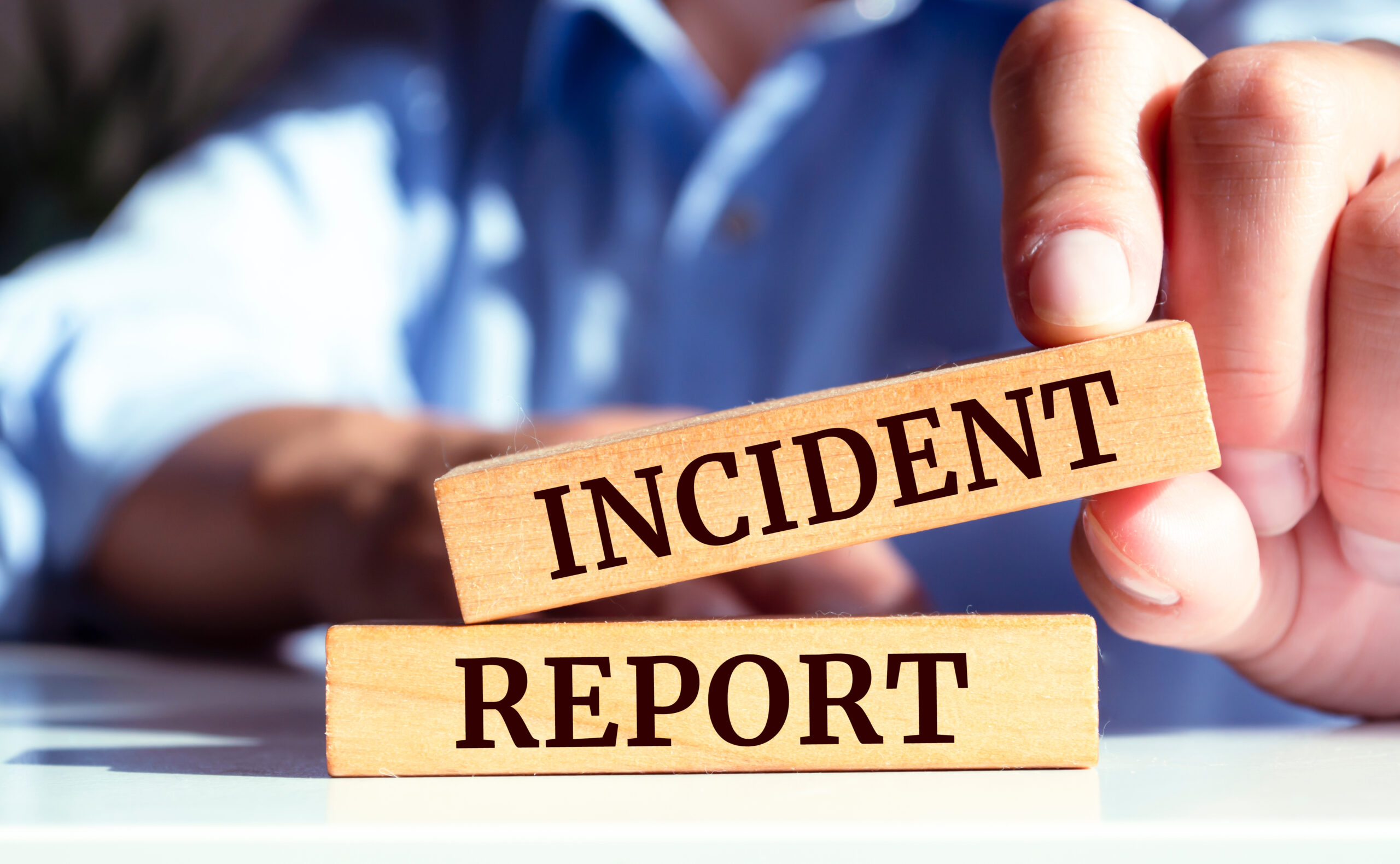Understanding Hazard Reporting Software
Hazard reports are a critical aspect of ensuring workplace safety.
When it comes to addressing hazards and preventing accidents, organizations need efficient systems in place. One powerful tool is hazard reporting software.
In this blog post, we will explore the key benefits and features of hazard reporting software and how it enhances incident response.
Hazard reporting software is a digital solution designed to streamline the reporting and management of workplace incidents.
It offers a range of features that make incident reporting easier, more efficient, and more effective.
By using hazard reporting software, organizations can proactively address safety concerns, protect their workforce, and ensure compliance with regulations.
It is important to understand the importance of risk management and compliance in general.
Current Hazard Reporting Methods
While pen-and-paper methods of incident reporting have been widely used in the past, they come with several drawbacks that can hinder effective incident management.
Here are some of the primary negatives of using pen and paper methods for incident reporting hazards in the workplace.
Delayed Reporting and Response
With pen-and-paper methods, incidents need to be manually documented and then physically delivered to the appropriate personnel.
This process often leads to delays in reporting and response times.
By the time the incident is documented, shared, and acted upon, precious time may have passed, increasing the risk of further harm or damage.
Inefficiency and Human Error
Paper-based incident reporting systems are prone to inefficiencies and human errors.
Handwritten reports can be difficult to read, leading to misinterpretation or incomplete information.
Also, the process of transcribing handwritten reports into digital formats for analysis and management can result in additional errors and consume valuable time and resources.
Lack of Real-time Updates and Insights
Pen and paper methods do not provide real-time updates and insights into incidents.
As a result, supervisors and management may not be aware of an incident until the report reaches them physically.
This lack of real-time information prevents organizations from quickly addressing incidents and implementing necessary preventive measures.
Limited Accessibility and Collaboration
Paper-based incident reports are typically stored in physical files or logbooks, making them less accessible to report hazards and hindering collaboration.
It can be challenging for multiple stakeholders to access and share information effectively, especially when incidents require cross-functional involvement.
This limitation can slow down the incident resolution process and impede collaborative efforts.
Difficult Data Analysis and Reporting
Analyzing and generating reports from paper-based incident records can be time-consuming and cumbersome.
Searching for specific incidents, identifying trends, and getting meaningful insights become challenging without the aid of digital tools.
This lack of data analysis capabilities weakens organizations’ ability to address recurring issues and make informed decisions regarding safety measures.
In conclusion, while pen-and-paper methods of incident reporting have served as traditional approaches in the past, they come with several negatives that can slow down efficient incident management.
The adoption of digital incident reporting solutions can help organizations overcome these limitations, streamline the reporting process, enable real-time updates and collaboration, and facilitate data analysis for proactive safety measures.
The Benefits of Hazard Reporting Software
Hazard reporting software has revolutionized the way organizations approach workplace safety.
By providing a digital platform for incident reporting and management, this software offers a number of advantages that go beyond traditional methods.
Streamline Reporting Hazards
Traditional incident reporting methods often involve time-consuming paperwork and manual processes.
Hazard-reporting software simplifies the hazard report by providing a user-friendly interface for reporting incidents.
With just a few clicks, employees can submit a hazard report form, ensuring timely documentation for health and safety.
Additionally, the software enables employees to report health and safety hazards and notification capabilities, ensuring that incidents are addressed promptly.
Something like LDAR Software can help to improve your operations instantly.
Enhancing Communication and Collaboration
Effective incident response requires strong communication and collaboration among employees, supervisors, and management.
Hazard reporting software facilitates this by providing a centralized platform for communication.
Automated alerts and notifications ensure that stakeholders are quickly informed about incidents, enabling them to take immediate action.
This improves incident response time and minimizes the risk of further harm.
Analyzing and Identifying Trends
Hazard reporting software goes beyond incident documentation. It also provides data analytics and reporting tools, allowing organizations to analyze incident trends and patterns.
By leveraging this information, organizations can identify underlying causes, anticipate potential hazards, and implement proactive measures to prevent future incidents.
This data-driven approach leads to continuous improvement of safety measures.
Ensuring Compliance and Accountability
Compliance with safety regulations is crucial for every organization.
Hazard reporting software helps achieve this goal by providing features that support regulatory compliance.
It ensures that incidents are properly documented, and all necessary information is captured.
This documentation not only helps organizations demonstrate compliance during audits but also establishes accountability for incident management.
You can read more about how to prepare for safety audits and inspections.
Wrapping Up
Hazard reporting software is a powerful tool for improving incident response and promoting workplace safety.
By streamlining incident reporting, enhancing communication and collaboration, analyzing trends, ensuring compliance, and establishing accountability, organizations can effectively address hazards and prevent accidents.
With hazard reporting software, organizations can create a safer work environment and protect their most valuable asset – their employees. Embracing this technology is a crucial step toward a proactive and efficient incident response system.
Remember, incident reporting software is just one part of a comprehensive safety program. It’s important to combine it with other safety measures and ongoing training to create a holistic approach to workplace safety.
Book your FREE Demo today for our hazard reporting system below.

